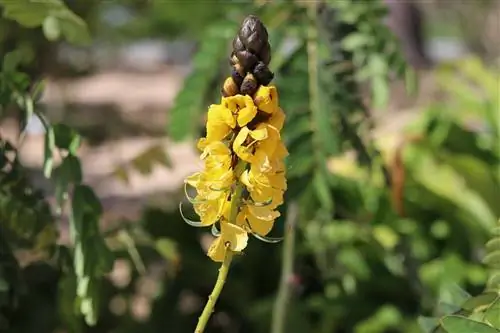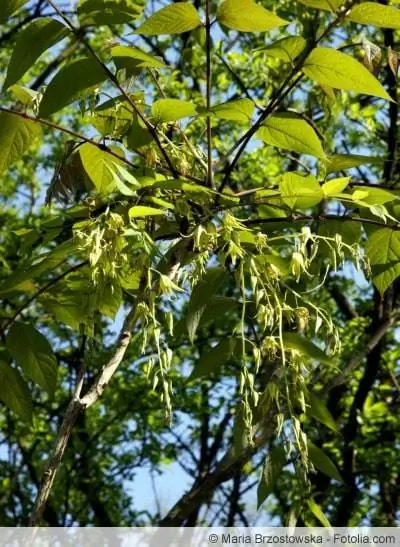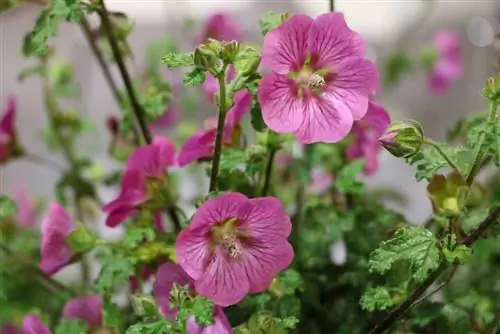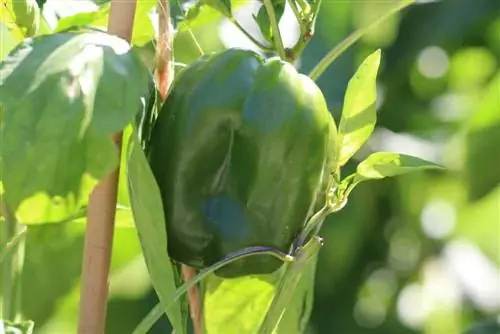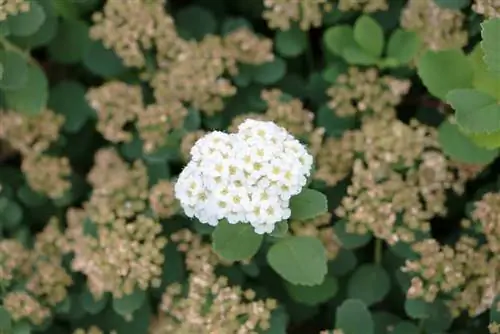- Author admin [email protected].
- Public 2023-12-17 03:39.
- Last modified 2025-01-24 12:45.
The candle bush or Senna didymobotrya is a plant from the genus Caesalpiniaceae. It is quite popular in our latitudes and is often kept as a container plant. Thanks to its growth height of 150 cm to 250 cm, it offers optimal privacy protection. The yellow flowers with their black-brown edges look very summery and add a lot of color to the garden. The best time to enjoy the candle bush is in late summer, when it is in full bloom.
The candle bush originally comes from India, Africa and Malaysia. However, the perennial plant came to us in Germany centuries ago. With a little care and the right location, it can easily be grown in our latitudes.
Care
Care is the most important aspect of giving a plant a good home. It's not always just about watering and the position of the sun. Many other small and large things are also part of caring for a plant and should therefore not be forgotten.
Location
In order to enable the candle bush to grow well, the location is always the first aspect that must be taken into account. Since the plant came to our latitudes from warm areas, it wants a sunny to full sun spot in the garden. Also as a single plant, as plants in the nearby area could cast too much shade. Tip: If the candle bush has been placed in a bucket, it is worth adding wheels to the bucket. This allows the plant to “wander” in the garden with the sun and change its location as needed.
Floor
The condition of the soil can be seen as a second important aspect. Only suitable soil will produce optimal inflorescences. The candle bush loves sandy soils that allow water to pass through well and can absorb a lot of oxygen and nutrients. In addition, the soil around the plant should be loosened regularly. Watering should be postponed to the morning or evening hours so that the water can soak into the soil in peace and does not evaporate immediately.
Care in detail
Even if the soil for a candle bush should be sandy and light, care must be taken to ensure that it does not dry out. The plant demands water regularly. However, always in such a way that waterlogging does not form. If this happens, mold will form, which poses a danger to the candle bush. If the heat and sun in the summer months are so extreme that the soil cannot be kept wet, the plant should be removed from the blazing sun. The risk of drying out would then be higher than the risk of losing a little green leaf due to a lack of sunlight. To promote growth, fresh humus should be added regularly. Fertilizing is particularly important in spring. Fresh compost or organic fertilizer should be generously mixed into the soil here. The compost can come from your own compost heap.
Due to the plant's vigorous growth, it is advisable to adjust the container to the growth once a year when keeping it in a container. The soil should also be freshened up and provided with fertilizer. In the best case scenario, repotting takes place in the spring months after moving out of winter quarters. If the plant is already so large that a suitable container can no longer be found, it must be divided. Care must be taken to ensure that important roots are not damaged and that the parts then find a new home in high-quality soil. Otherwise the plant may die.
This should be taken into account
Especially in spring, when the plant regains its strength after a long winter, it is very susceptible to aphids. The young leaves are most often affected. In summer, however, whiteflies can become a problem. If an infestation is detected, it is advisable to react as quickly as possible in order to minimize the damage to the plant. A biological pest controller is most likely to help. In addition, affected areas should be removed from the plant so that the pests cannot spread to he althy parts of the plant.
Important aspects of care:
- sunny to full sun location
- sandy, loose soil
- regular fertilization
- regular watering
Wintering
Since the candle bush is a perennial plant, overwintering must be thought about in good time. A place for the plant must be found when the first night frosts arrive at the latest. The candle bush feels most comfortable in winter when it has a winter quarters that can have temperatures of around 10 °C. It can also be a little brighter, as the plant doesn't want to do without light even in winter. This also allows it to keep its leaves over the winter months. If you can only find a dark place to overwinter, then it must be taken into account that the plants will lose their leaves in such conditions. Although they will not die, they will take a longer time until the next flowering occurs. It can even happen that the first flowers don't appear until autumn.
The best place for overwintering would therefore be a basement with lots of daylight. If you have one, you can also put it in a relatively cool winter garden. In addition, care must be taken to ensure that the candle bush is watered regularly, even in winter. In dark winter quarters less than in light winter quarters. It is only trimmed if it has wilted leaves or plant parts. Otherwise, the entire plant can be stored for overwintering. Tip: Even if it is well-intentioned: the temperature for winter storage should not be significantly above 10 °C. If temperatures are too high, the candle bush would develop too much soft leaf tissue, which is very susceptible to diseases and aphids. In the spring you would then have twice as much trouble keeping the plant away from pests. The candle bush is allowed out into the fresh air again when the temperatures are constantly in the positive range and the night frosts are no longer current.
Tip:
If you have the opportunity to move the candle bush regularly, you can put it outside on warmer and sunny late winter days. On cold nights, he should always be brought into the warmth so that he doesn't freeze to death.
What you should know about the candle bush in brief
- You can overwinter the candle bush in a light and dry place. Temperatures must not fall below 10 ºC.
- If the winter quarters are too dark or too cold, the leaves fall off. The new flowering is also delayed.
- Even in winter, the root ball must be kept slightly moist at all times. You only water when the top layer of soil is completely dry.
- Water less if leaves are falling heavily. It is important to ventilate the area well.
- In November/December or March the plant needs to be cut back by about 1/3.
- It's better not to cut into the old wood, the plant usually doesn't sprout as well.
- It's best to shorten the new shoots a little in summer so that the crown becomes nice and bushy.
- This shortening is also good for young plants.
- The flowers produce legumes whose fruit pulp is edible.
- Pests include aphids, whiteflies and spider mites. They should be de alt with early.
- The plant reacts to many pesticides with leaf damage.
- The candle bush is best propagated by sowing in spring. The hard shells of the seeds are roughened up a little with sandpaper before sowing.
Candle bush in a bucket
If you keep the candle bush as a container plant, it can be kept in the winter garden all year round. Except for February and March, it blooms all year round.
With these plants you only cut out the old flower shoots at the base. You can also put the plant on the terrace in summer.

